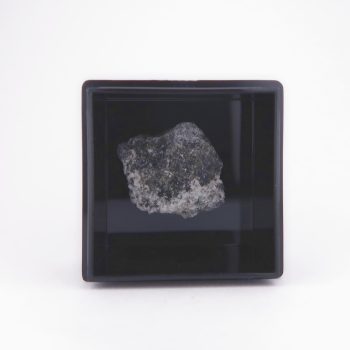Talc
Talc is a very soft mineral, used as hardness one on the Mohs scale.
It is one of the main ingredients in talcum powder, and is used in a wide range of cosmetic products.
Showing the single result
Appearance, Uses and History
Talc is used in various industries, including paper making, plastic, ceramics, paint, coatings, rubber, food, electric cable making, cosmetics and pharmacology.
In day to day use we’d probably be most familiar with its use as ‘talcum powder’, or for it being used as a coating for the inside of bicycle inner tubes and rubber gloves, where it helps to prevent rubber surfaces from sticking to one another. It is also often used in rock climbing, basketball, etc to keep the hands dry.
Talcum powder is a somewhat controversial subject nowadays, with numerous studies highlighting a potential link between talcum powder usage and certain types of cancers.
In addition to this, Talc is frequently located in underground deposits with forms of Asbestos. This means mined Talc is sometimes contaminated with forms of Asbestos. There have been a significant number of lawsuits in the USA regarding ovarian cancers due to talcum powder usage.
Locales
Talc has a reasonably worldwide distribution, with large deposits found and exploited in China, Brazil, India, the USA, France, Finland, Italy, Russia, Canada and Austria.
Mining of Talc in certain parts of Afghanistan has led it to be described as a conflict mineral as the mining funds confrontations including the Taliban.
Mineralogy
Hazards and Warnings
Almost all rocks, minerals (and, frankly, almost all other substances on earth) can produce toxic dust when cutting, which can cause serious respiratory conditions including silicosis.
Talc is a little odd, though. There have been many lawsuits over the past few decades regarding the safety of talcum powder, which is sometimes contaminated with asbestos. There are some debates as to whether talc itself is safe.
Translations
Arabic:
- التلك
Hindi:
- तालक
Portuguese:
Bengali:
- টালক
Indonesian:
Punjabi:
English:
- talc
Italian:
Russian:
- тальк
French:
Japanese:
- タルク
Spanish:
German:
Korean:
- 활석
Thai:
Gujurati:
Mandarin and Traditional Chinese:
- 滑石
Urdu:

